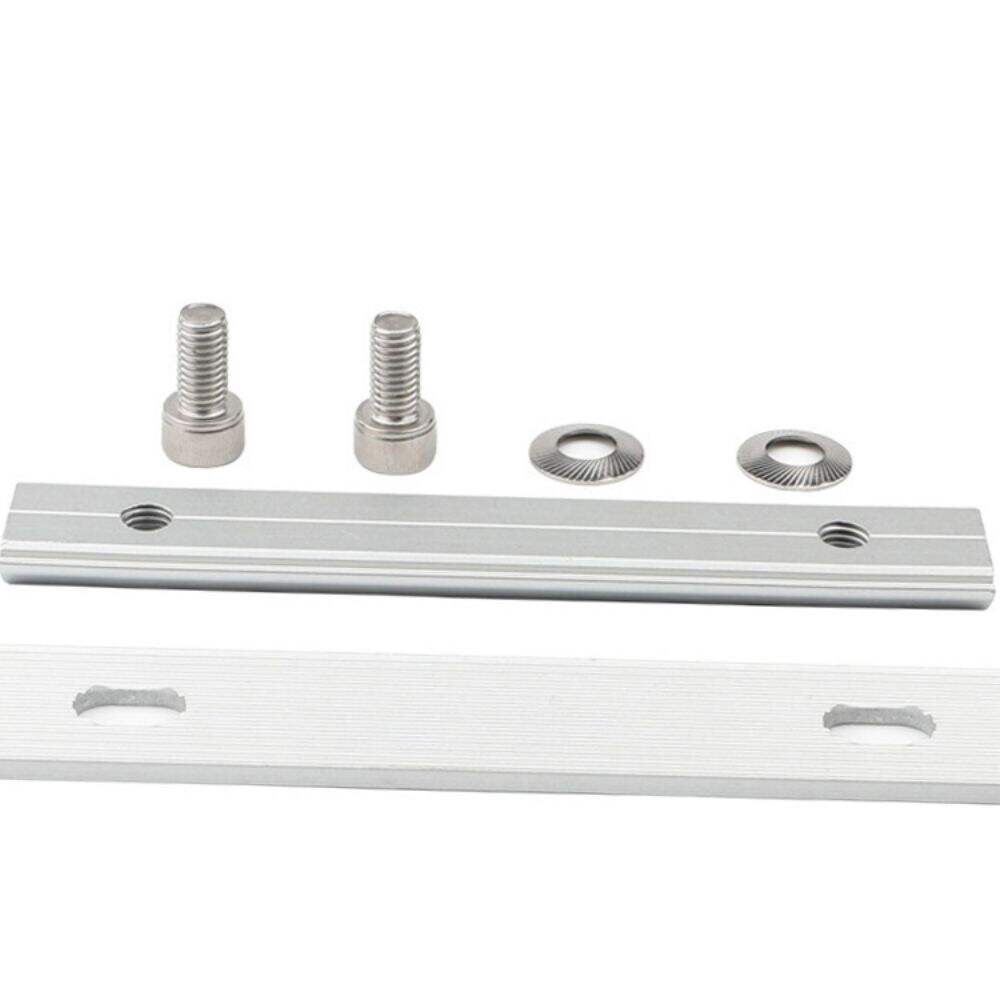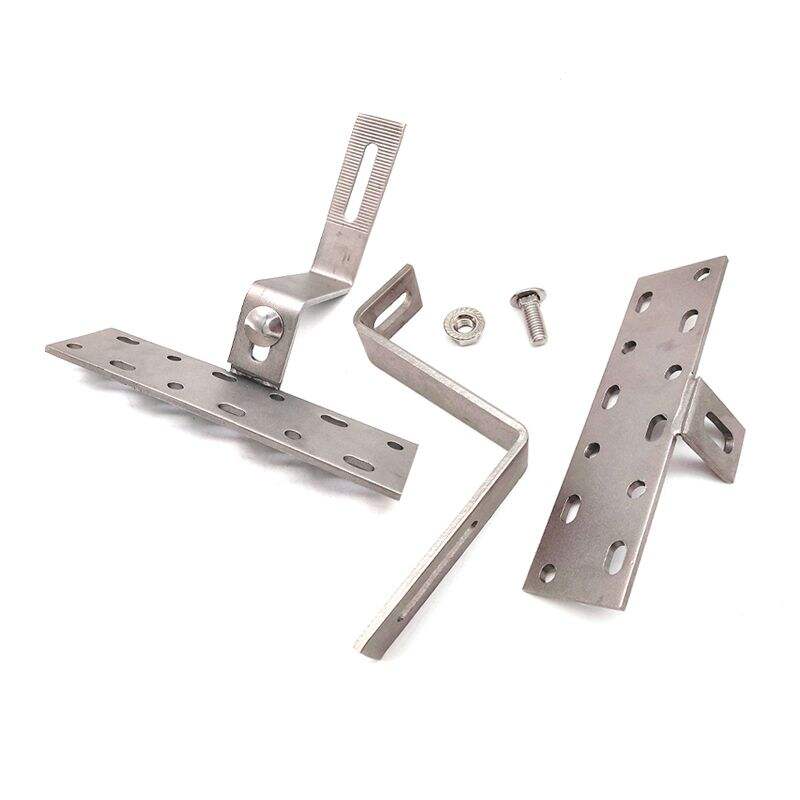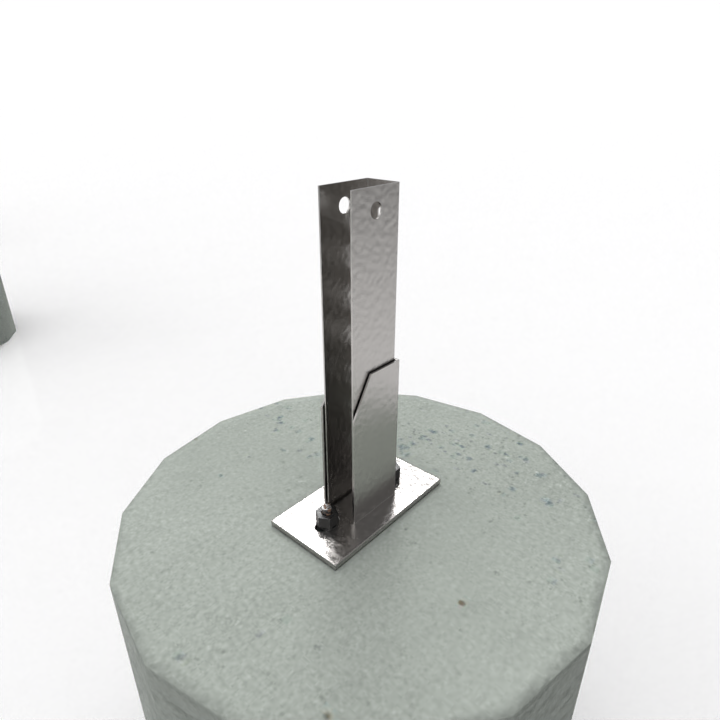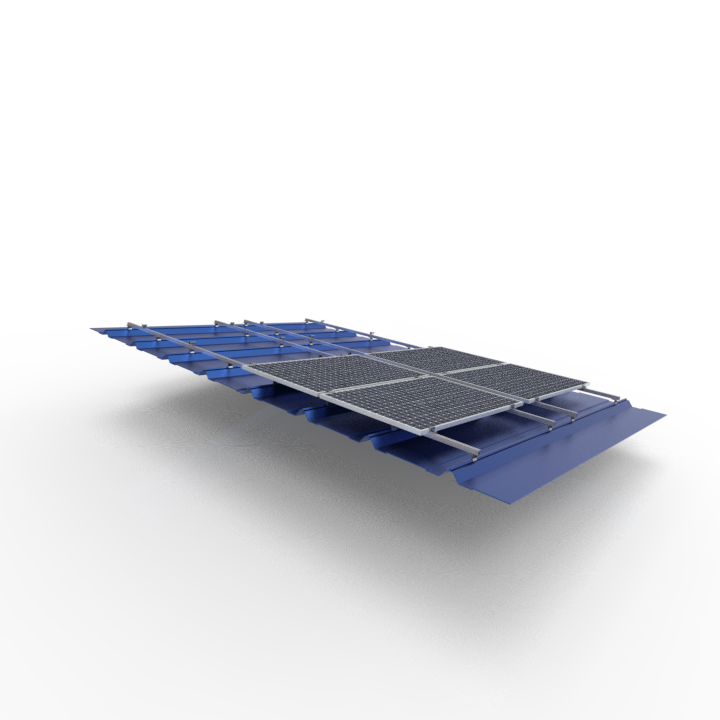What is the cost of a steel carport installation?
Introduction to Steel Carport Installation Costs
Steel carports have become a popular choice for vehicle protection due to their durability and versatility, aligning with recent trends in home improvement and outdoor structures. Consumers are increasingly turning to steel carports for a reliable and long-lasting solution to protect their vehicles from the elements. However, understanding the cost of steel carport installation is crucial for effectively budgeting such projects. Installation costs can vary widely based on a range of factors, including geographic location, the complexity of the design, and customization options. By exploring these costs, potential buyers can make informed decisions that align with their budgets and needs while ensuring their vehicles remain shielded year-round.
Cost Breakdown of Steel Carport Installation
Understanding the cost breakdown of steel carport installation is crucial for effective budgeting. Material costs form a significant portion of the overall expense. The price of steel, the primary material, usually ranges from $3 to $5 per square foot. Additional materials like roofing and siding contribute to the overall cost. According to industry statistics, roofing materials can add another $2,000 to $4,000 for an average-sized carport, while siding might range from $10 to $15 per square foot. These figures can vary based on quality and design preferences, but they provide a solid starting point for cost estimation.
Labor and installation fees are another major component of the total cost and can vary significantly depending on several factors. Geographical location plays a huge role, as labor rates differ from one region to another. Furthermore, the complexity of the design affects the installation cost. Below is an ordered list of average labor and installation cost ranges to consider:
1. Simple installations: $1,000 to $3,000
2. Moderately complex installations: $3,000 to $5,500
3. Complex installations involving custom designs: $5,500 and above
Apart from material and labor costs, additional expenses such as transportation and taxes might increase the total project cost. For instance, transporting materials from the supplier to the installation site can add 5-10% to the total material costs, depending on the distance and method of transport. Taxes, often overlooked, will also contribute to the final budget and can vary depending on the state regulations regarding construction projects. Understanding these potential expenses is vital for setting a realistic budget for a steel carport installation. By acknowledging all these costs, homeowners can plan better and avoid any financial surprises during their project.
Understanding Additional Expenses
When planning the installation of a steel carport, site preparation expenses are a crucial factor to consider. These can include grading, leveling, and any necessary clearing of the site to ensure a proper foundation. The complexity of the site can significantly influence these costs, often requiring professional evaluation to assess the terrain and drainage requirements. Proper site preparation is essential to ensure the carport's structural integrity and longevity.
Additionally, obtaining permits is a vital step that can incur extra costs, often varying based on local regulations. It's essential to research and comply with local zoning laws and building codes, which can differ widely depending on location. This process may involve fees for permit applications and inspections, adding to the overall expense of the carport installation. Failing to secure the necessary permits can result in legal complications or increased costs down the line.
Moreover, optional features can enhance the functionality and value of your steel carport, although they come with additional expenses. Features such as insulation, custom dimensions, or specialized roofing materials can improve the carport's utility and aesthetic appeal. While these additions may raise the initial installation cost, they often provide long-term benefits in terms of energy efficiency and increased property value, making them a worthy consideration for many buyers.
Cost-Effective Tips for Steel Carport Installation
When planning a steel carport installation, employing cost-effective strategies can make a significant difference in the overall budget. One practical approach is to schedule the installation during off-peak seasons, when contractors might offer discounts due to reduced demand. Additionally, considering a DIY option for simpler designs can save on labor costs, provided you have the necessary skills and tools.
Selecting the right size and design of your steel carport is crucial for balancing costs with intended use. Consider creating a list of common sizes and their typical expenses to align your choice with your financial plan. For instance, smaller carports may suit a budget-conscious consumer, while those requiring specific features might opt for larger, custom dimensions.
Another money-saving tip is to compare quotes from multiple contractors before making a decision. Each contractor may offer different rates and packages, and obtaining detailed estimates enables informed decision-making. By doing so, buyers can ensure they are receiving the best possible deal, ultimately lowering the financial burden of the installation.
Conclusion: Understanding the Full Cost for Budgeting
Awareness of all costs involved in installing a steel carport is crucial for effective budgeting. When buyers plan and budget carefully, they can transform their purchase into a valuable long-term investment that enhances functionality and boosts property value. Be proactive in understanding the various aspects of installation costs to avoid surprises and ensure your investment pays off.
FAQ
What factors affect the cost of steel carport installation?
Several factors can influence the cost, including material prices, labor rates, geographical location, and the complexity of the carport design.
How much do roofing materials contribute to the overall cost?
Roofing materials can add approximately $2,000 to $4,000 to the cost of an average-sized carport.
Are there any additional expenses to consider beyond material and labor?
Yes, other expenses may include transportation fees, taxes, site preparation, permits, and optional features such as insulation or custom dimensions.
What are some cost-effective tips for installing a steel carport?
Scheduling during off-peak seasons, considering a DIY approach for simpler designs, and comparing contractor quotes can help reduce costs.











